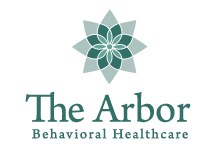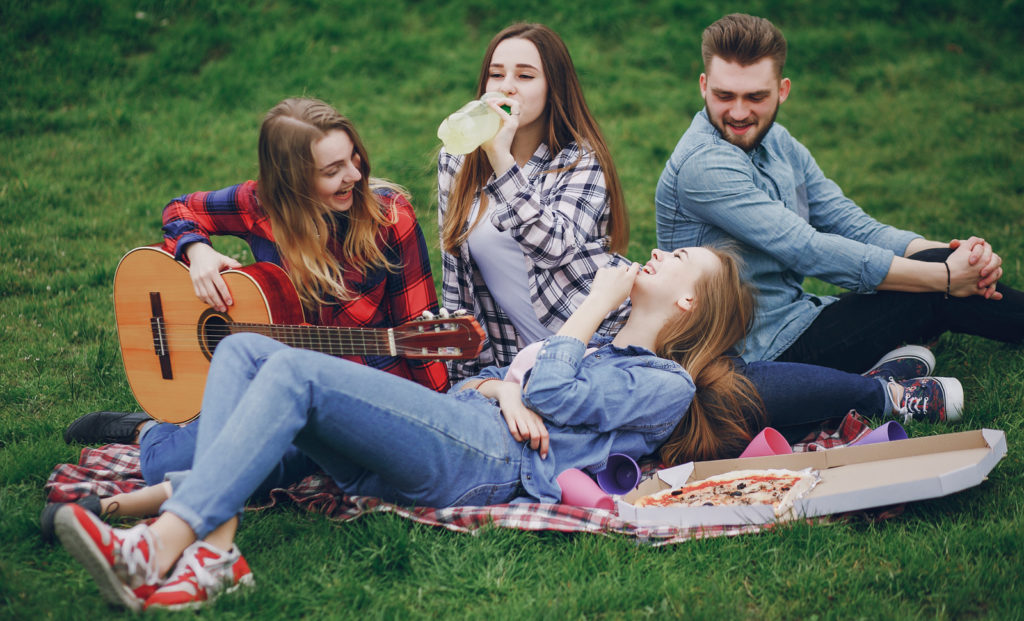When teens face peer pressure from their friends in and out of school, it influences the choices they make. A child’s friends play a substantial role in their decision-making processes, which can be a good or bad thing. When a teen hangs out with those who do certain things, they’re more likely to join in. According to a study from Columbia University, 75% of teens surveyed said that seeing social media posts of other kids drinking and doing drugs encouraged them to try similar things. In many instances, teens and children feel pressured to fit in. Because they’re under pressure, they may exhibit behaviors and make choices depending on what they believe their friends want them to do. If a teen thinks that drinking alcohol or doing drugs will make their peers respect them more, there’s a greater chance that they’ll try it at least one time. Read on to learn how teens’ brains are more susceptible to and affected by peer pressure.
Risky Behavior
A study by the NIDA (National Institute on Drug Abuse) showed that teenagers are more likely to participate in risky behaviors if their friends have done so first. The behaviors referenced in the study included running red lights and speeding; during the study, the teens weren’t verbally encouraged to perform the risky behaviors but did so in most cases. The way the study’s participants calculated risk vs. reward was proven to be the driving force behind their decisions. Functional MRI showed that the teens’ friends’ presence increased activity in certain parts of the brain that predict and determine the value of rewards, and the result was that the teens made riskier decisions. The knowledge that friends were observing stimulated the brain’s reward centers, and the teens went ahead and took the risks. In short, if a child’s friends are engaging in dangerous behaviors, they are at risk.
Dangerous Choices Involving Drugs and Alcohol
These same reward centers are in play when a teen decides whether to drink or take drugs. When teens are with their friends, just the simple fact that others are watching may sway them into agreeing that drug and alcohol use is a good idea. Unfortunately, depending on what the teen takes and how much they consume, harmful and even deadly consequences may result. Examples of risky drug- and alcohol-related behaviors include:
- Choosing to get into a car with someone who is drunk or drugged,
- Using power tools or driving a car while under the influence,
- Engaging in unplanned or dangerous sexual behaviors,
- Committing crimes while under the influence of alcohol or drugs, or
- Getting into fights with strangers or friends.
All the above behaviors can quickly lead to severe consequences such as rape, assault, unplanned pregnancy, arrest, physical injury, or even death.
Risky Behaviors Become Substance Abuse Problems In Many Cases
Because those who use drugs and alcohol like to associate with those who have the same habits, they may encourage other teens to take part, so their social circles expand. The peer pressure drugs and alcohol bring, and the risky decisions kids make in these circumstances, can be the forerunners to a long-term, severe addiction. The NIDA cites multiple risk factors that influence the development of substance abuse issues, such as:
- Aggressive behavior early in life
- Insufficient parental supervision
- Substance abuse
- Poverty
- Availability of drugs and alcohol
Not all teens who have one or more of the above risk factors will develop an alcohol or drug problem, but they are at greater risk. If such factors aren’t addressed promptly, a person’s chances of developing substance abuse problems will only increase as they begin to have trouble at school, encounter social issues, and develop poor coping mechanisms. Therefore, peer pressure, drug addiction, and risky choices are closely linked.
Peer Pressure Can be a Positive Influence on Teens Going Through the Recovery Process
Peer pressure has useful applications in the recovery setting. Programs for young adults and teens use peer pressure to exert positive effects. When kids know their friends in recovery are watching them, they’re more likely to remain sober. Teens who see their peers leading joyful, healthy lives while making good choices are more motivated to do the same thing. If a recovery program provides the same social stimuli that kids once got from their fellow drug and alcohol users, it makes the path to healthy living and sobriety clearer. While peer pressure and drugs in teens can lead to negative outcomes, peer pressure is also a powerful tool to be used during recovery.

